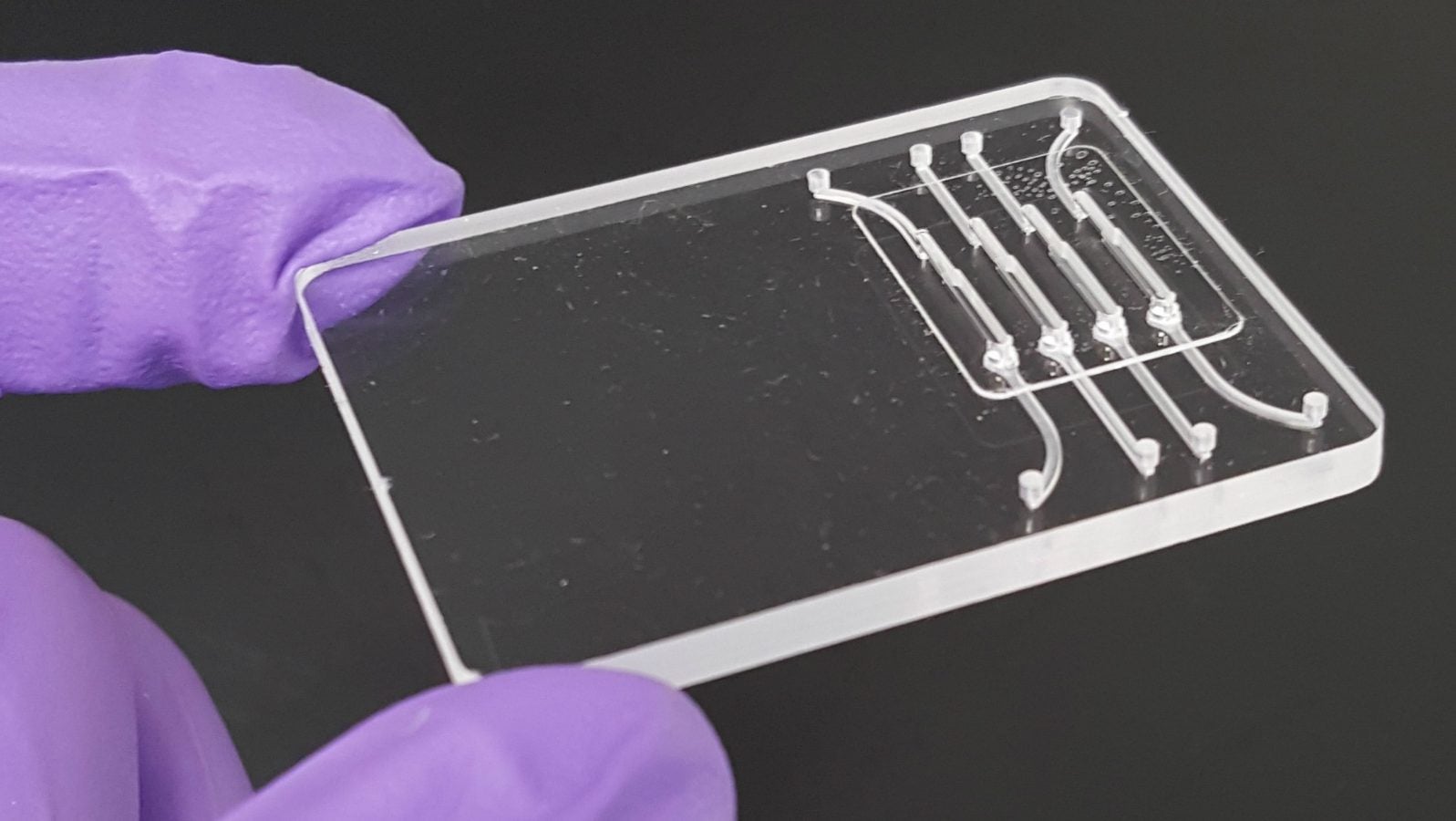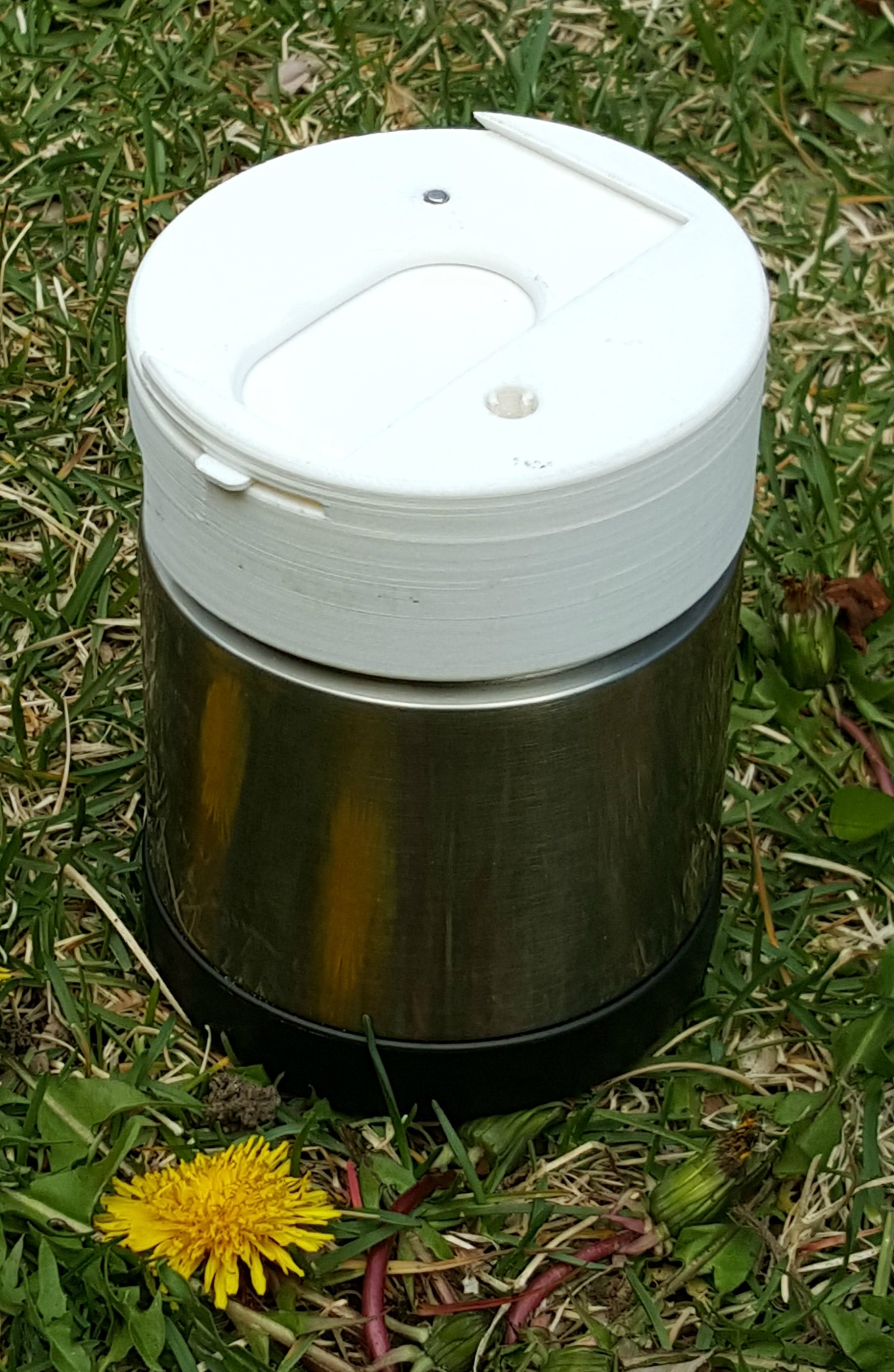Scientists have put a $2 Zika test into a portable, can-sized container
Over 400,000 people are suspected to have contracted Zika in North and South America as of the end of June, but only 56,000 infections have been confirmed, mainly because it’s too expensive and cumbersome to administer lab tests. A team of researchers at the University of Pennsylvania has developed a new saliva test that can deliver a Zika diagnosis in under an hour far from labs or medical facilities.


Over 400,000 people are suspected to have contracted Zika in North and South America as of the end of June, but only 56,000 infections have been confirmed, mainly because it’s too expensive and cumbersome to administer lab tests. A team of researchers at the University of Pennsylvania has developed a new saliva test that can deliver a Zika diagnosis in under an hour far from labs or medical facilities.
Described Tuesday (July 5) in the journal Analytical Chemistry, the test detects genetic material from the virus and fits in a compact insulated canister, doesn’t require electricity, and costs less than $2 per use. Researchers reduced the cost by using commercially available products like styrofoam cups and heat-producing pads found in military meal packs, along with materials to regulate the heat, and a small plate with chemicals that detect Zika virus genetic material. All that’s added is a saliva sample and some water and test results are available 40 minutes later.

Tests for Zika fall into two categories. They either test for genetic material from the virus itself or antibodies produced by the immune system to fight the virus. The latter method can easily confuse Zika antibodies with those for related viruses such as dengue fever. Genetic tests so far have required expensive lab equipment and take longer to produce a result.
The new test uses a chemical sensitive to six distinct segments of viral genetic material. It turns violet if those segments are present in a sample of saliva, blood, urine or semen. The current format just gives a visual indication of Zika infection, but its creators hope to couple the test with a smartphone app that can calculate the concentration of genetic material in the sample and collect GPS coordinates to help track the spread of the virus.